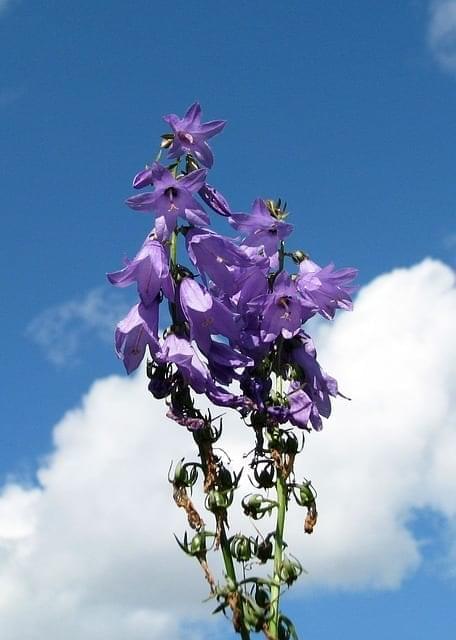Lobelia inflata has many uses. It has been used to address respiratory disorders, peripheral vascular disorders and insomnia along with the standard use for smoking cessation.
Read this article and all of our other Herbal Nerd Society Content.
Become a Member Today. Join Us Here. | Already a Member just log in here.







